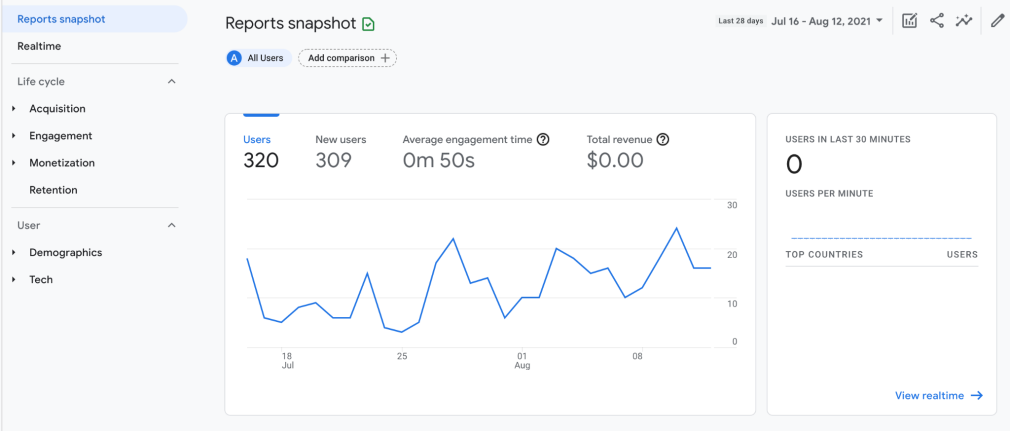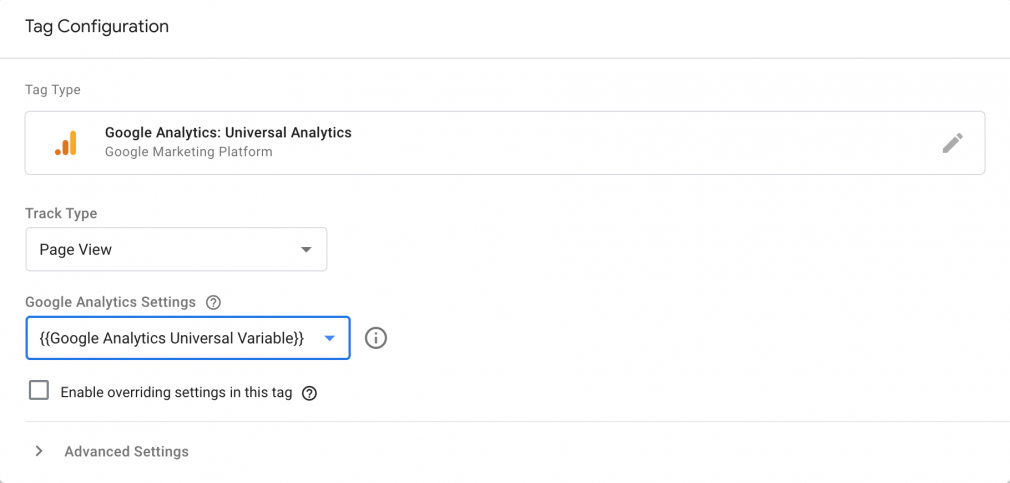What is Google Analytics?
Google Analytics is a free analytics tool designed to track website performance and traffic. Many online marketers and SEO professionals use it to optimize websites and applications.
There are 2 Google Analytics properties:
- Universal Analytics (UA): Universal Analytics is the earlier version of Google Analytics that offers a comprehensive analysis of website traffic & user behavior and separates traffic into individual channels (organic, paid, social, etc.). This version only supports websites.
- Google Analytics 4 (GA4): Google Analytics 4 is the newer version of Analytics introduced in late 2020 that offers an overview of website traffic and conversions.
- This version supports both websites and apps.
Why is Google Analytics important?
Google Analytics is currently one of the most comprehensive tools available for tracking web data and traffic. You can use Google Analytics to:
- Discover how users find your website through different channels
- Determine what your most valuable pages are
- Measure conversions and ROI on each channel
- Track how users interact with your website
Recommended reading: The Beginner’s Definitive Guide to Google Analytics
How to Install Google Analytics on WordPress with Plugins
- Log into the Google account you want to link to the website.
- Open Google Analytics. Create a Google Analytics account by clicking Admin then click Create Account.
- Enter an account name. Use a descriptive name or the name of your business. Select all applicable account data sharing settings.
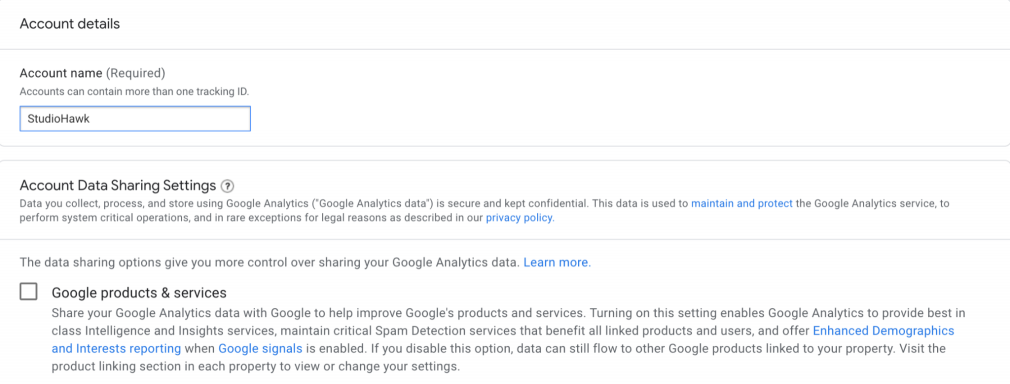
- Next, enter the property details. Start with the property name; we suggest using your business name. Enter the reporting time zone and currency.
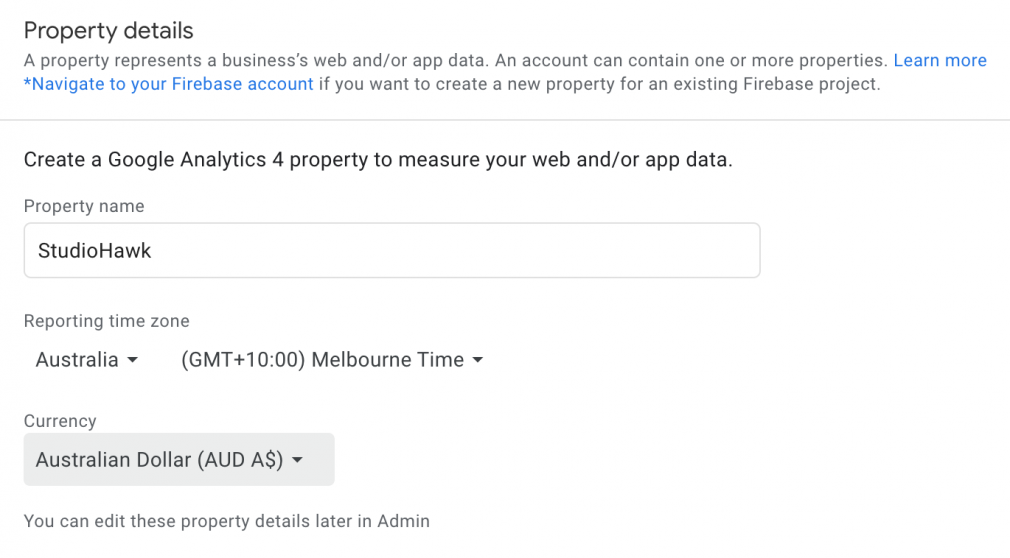
- Select Show advanced options and click the toggle to create a Universal Analytics property.

- Insert the website’s URL in the input. For clients that want a Google Analytics 4 and Universal Analytics property created, select the first option. For clients that only want Universal Analytics property only, select the second option.
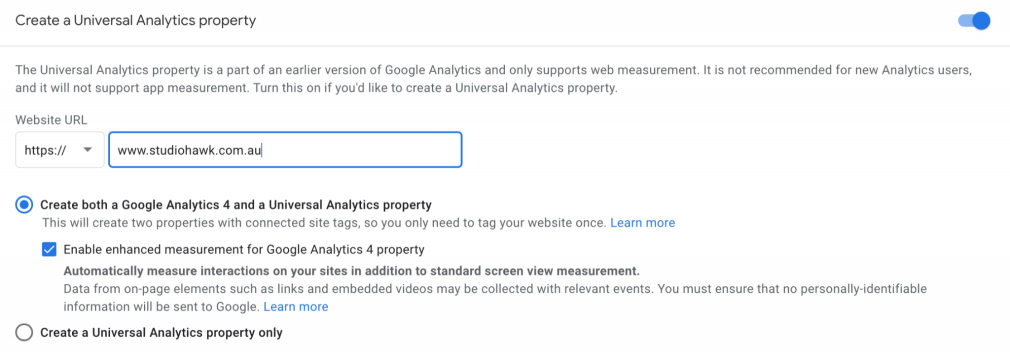
- As an optional step, fill out the business’ information. This is mainly a survey for Google to capture information about businesses and their analytics needs.
- Select Create.
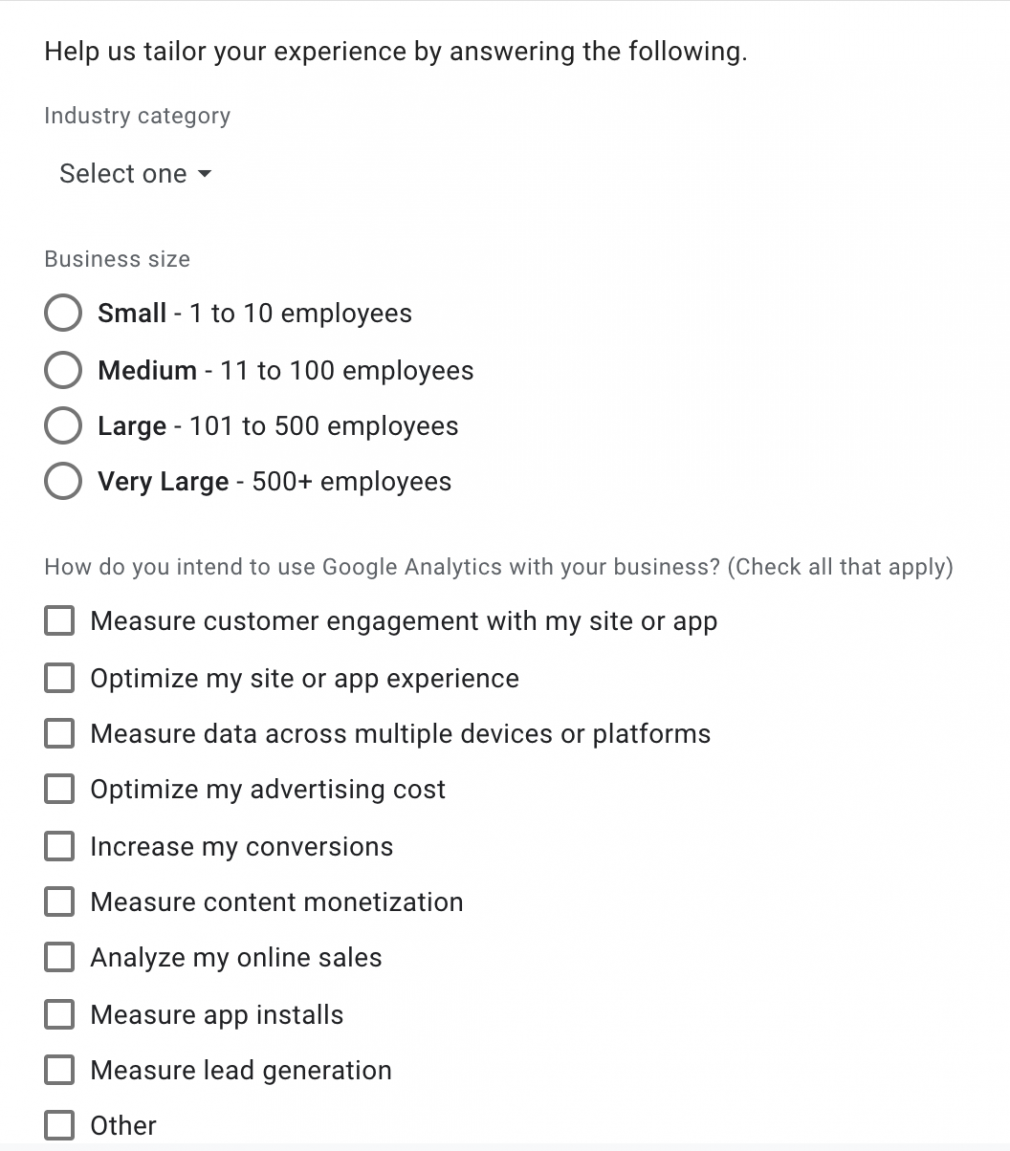
- Once an account and property have been created, a tracking code installation page will load. This page includes your tracking tag and UA code.
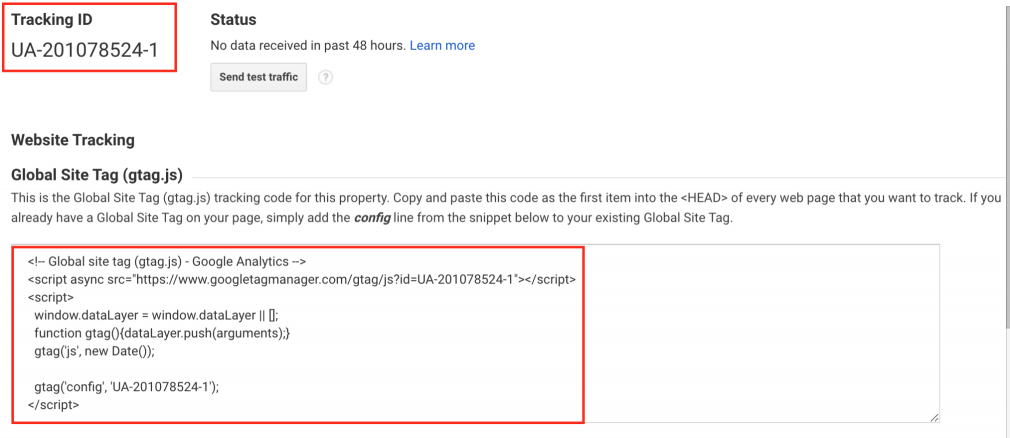
- Log into the backend of your WordPress website. From the menu, select Plugins. Click on Add New to install the UpdraftPlus Website Backup and Insert Headers & Footers plugins.

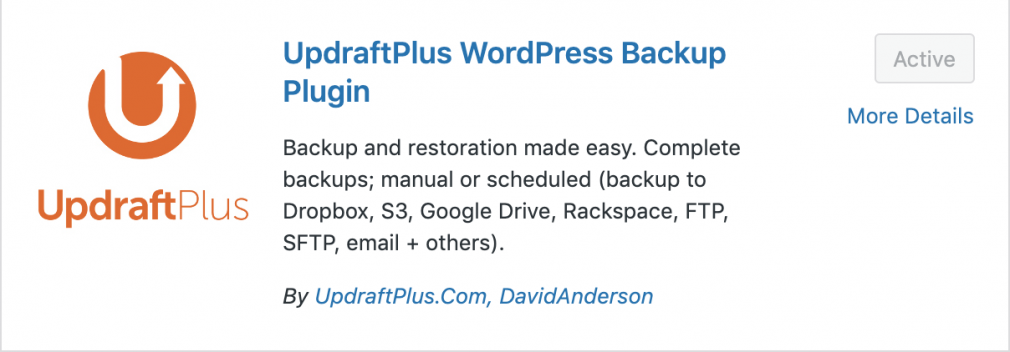
11. Once installed, open the UpdraftPlus plugin and select Settings. Click Backup Now to back up your site. Wait for the backup to finish before implementing any tracking codes.

11. When your backup completes, toggle back to Google Analytics to copy the tracking code.

12. In your WordPress site’s backend, select Settings then the Insert Headers and Footers plugin.

13. Paste the Google Analytics code into the Scripts in Header box, then click Save.
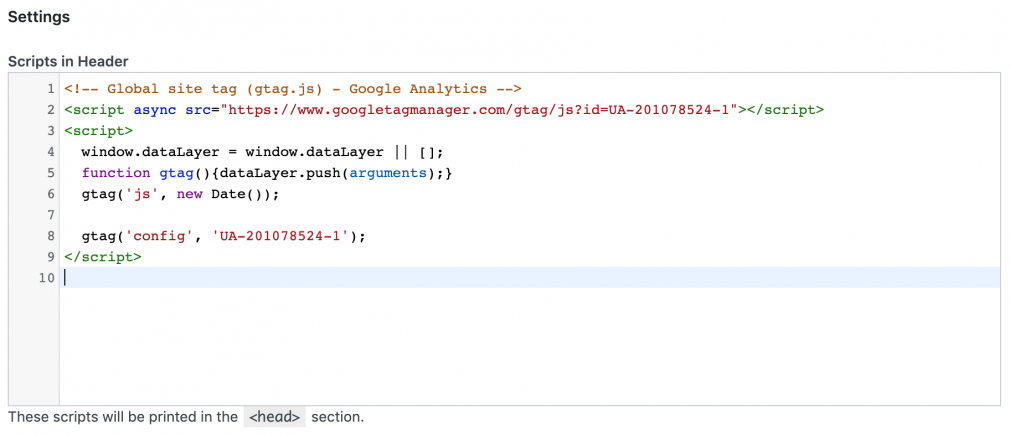
14. To check the code, navigate to the homepage of the website, right-click, then click View Page source. Search for a part of the UA code by hitting Control + F (Windows) or Command + F (Mac). Enter in “Google Analytics” to quickly locate the Analytics code on the page.
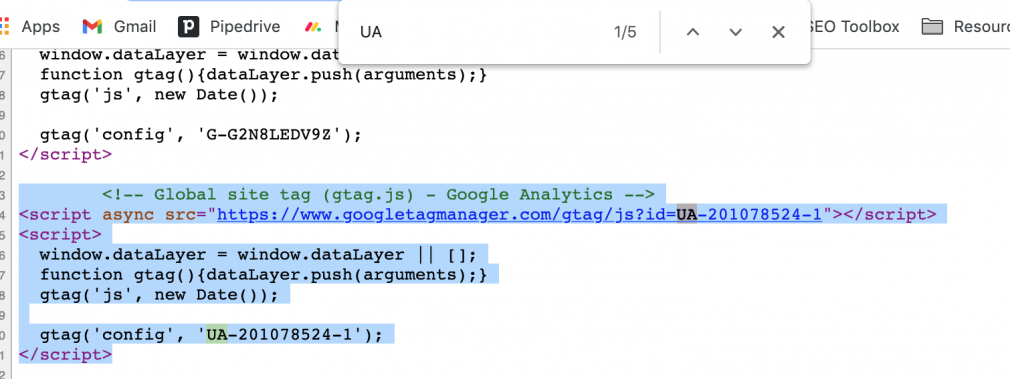
How to Access Your GA4 Property Dashboard
- With the instructions above, you should have installed both versions of Google Analytics. To access your GA4 property, select the account name from the dropdown arrow at the top left of the screen.

- Select the option featuring a series of numbers. This is your GA4 property.
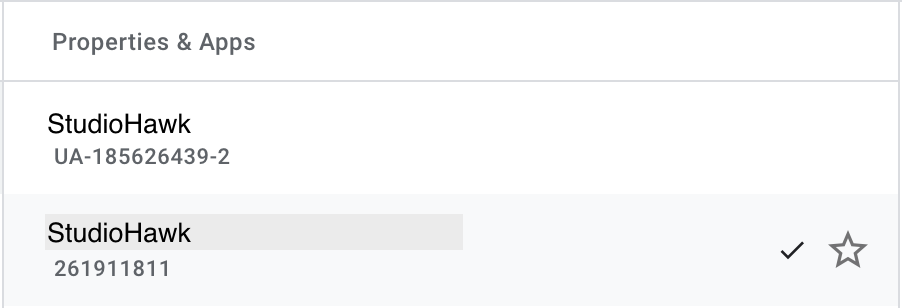
- You should be able to view your GA4 property dashboard:
![google analytics wordpress]()
How to Install Google Analytics via Google Tag Manager
What is Google Tag Manager?
Google offers the Google Tag Manager to help website owners keep track of their tracking codes for a website. You can use Tag Manager to deploy your Universal Analytics property.
To install Google Analytics on your WordPress site via the Tag Manager:
- Follow steps 1-10 as outlined above.
- Log into Google Tag Manager using the Google account associated with your Google Analytics account.
- On the Workspace Overview screen, click New Tag.
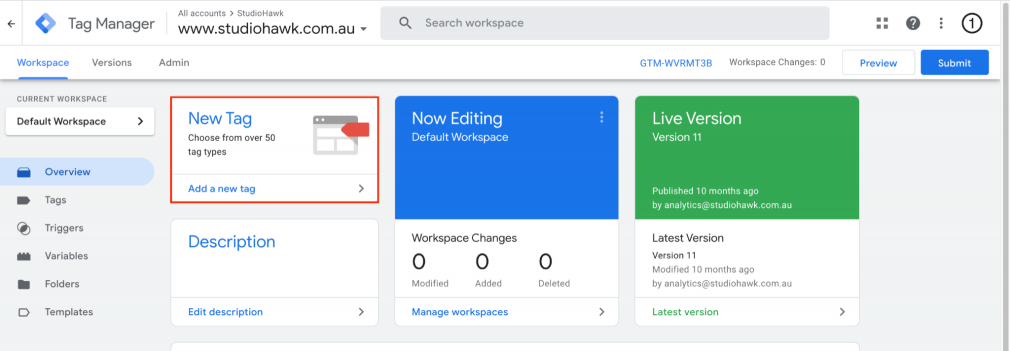
- Name the tag Google Analytics Tracking. Click Tag Configuration and choose Universal Analytics.

- Select the desired Track Type. Google Tag Manager offers different tracking types that target specific occurrences on your website. For example, use Page View on a website to track which pages your users visit. Use the Event type if you want to track a specific interaction, such as a button click on a promotion.
![google analytics wordpress]()
- Select a Google Analytics Settings Variable. To reuse a Google Analytics Settings Variable that has already been set up, select the desired variable from the menu. Your Google Analytics ID and all other settings from that variable will be applied to your tag.
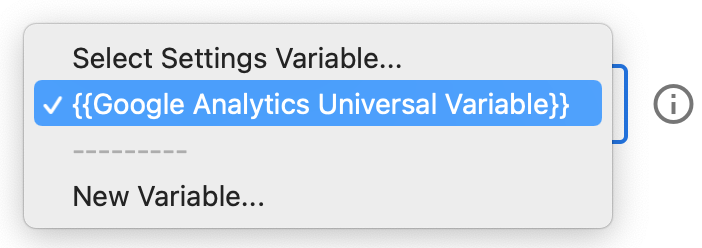
- To set up a new Google Analytics Settings Variable, click New Variable from the dropdown menu. In the variable configuration screen, enter your Google Analytics ID (the UA code from the settings of your Google Analytics account.)
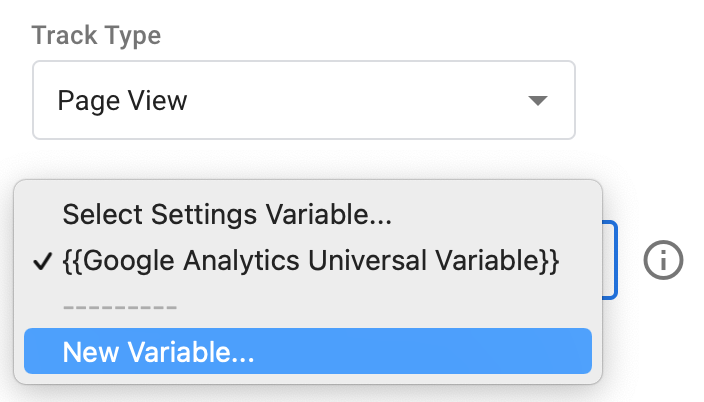
8. Select New Variable and name the variable Google Analytics Variable. In the Variable Configuration screen, enter your Google Analytics ID. Click Save.
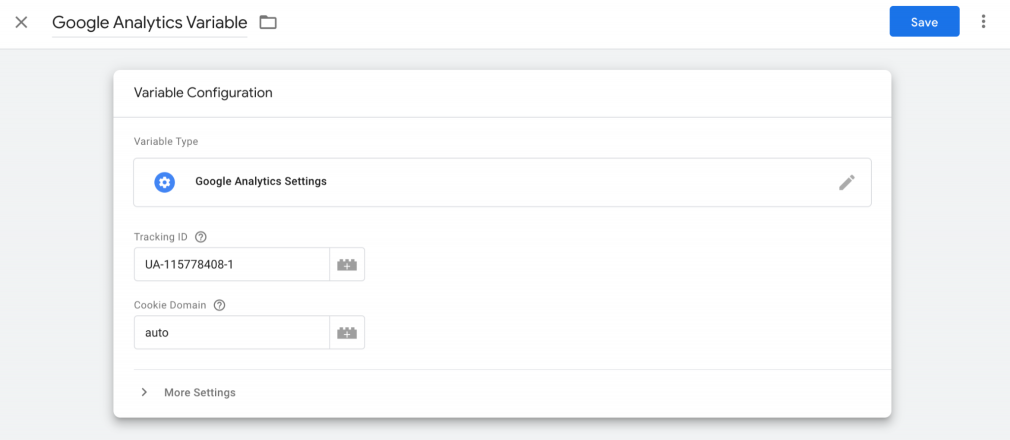
If you require additional settings, like custom fields, custom metrics, or content groups, click More Settings to configure the relevant fields.
Note: Cookie Domain: If you have no other Google Analytics tags deployed on your site via analytics.js or from Tag Manager, you should leave this value set to “auto.” If you have other Google Analytics tags set up on your site or in Tag Manager, confirm that the Cookie Domain value is consistent.
9. Click Triggering to choose a trigger that will make the tag fire:

- You may select an existing trigger, or click the + icon to define a new one.
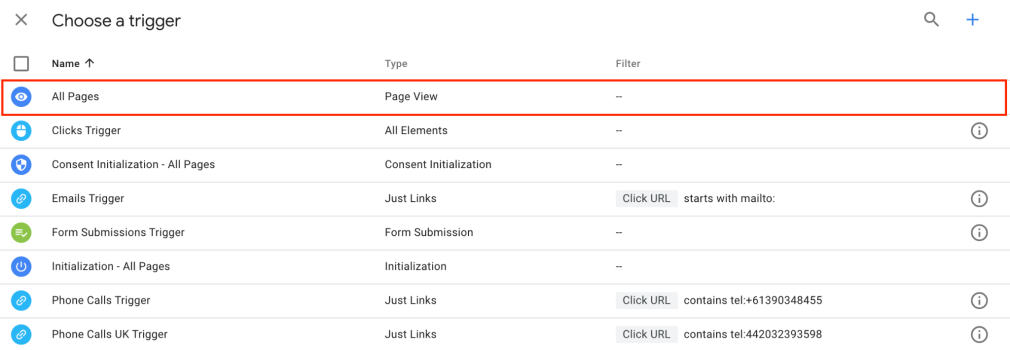
- For this new trigger, we want the tag to fire every time someone lands on a page on a website. Therefore, we’ll name the tag All Page View, click the +, and click Page View to set the trigger to fire on all page views.

- Click Save, then go back to the Workspace screen and select Submit at the top to submit all Workspace changes.

- Google Tag Manager will show you a tracking code to add to your WordPress website. Copy this code and paste into the Scripts in Header box, then click Save.
Integrating Semrush with Google Analytics
The Semrush tool can read and display certain data from Google Analytics in an easy-to-follow SEO dashboard. However, you benefit most from combining Semrush and Google Analytics data for a comprehensive look at your website’s performance in various Semrush tools.
Though the tools track similar metrics, their noted differences mean you have more opportunities to monitor traffic, competitor campaigns, do target research and so much more when they’re combined.
Work with the data from each tool to make informed decisions about your website, SEO, and marketing campaigns.
Semrush & Google Analytics Integrations
Google Analytics & Position Tracking Tool
Position tracking with Semrush allows you to import keywords directly from Google Analytics into a position tracking campaign.
On Page SEO Checker (GA & GSC)
The On-Page SEO Checker tool helps you optimize landing pages to rank higher for your target keywords. When connected to GA, the tool allows you to integrate user behavioral data with ways to optimize pages for a better user experience.
Backlink Audit (GA & GSC)
The Backlink Audit tool allows you to review your backlink profile and determine whether you have any toxic backlinks to remove or disavow. When connected to GA, you can conduct a traffic analysis of your backlinks.
Organic Traffic Insights (GA & GSC)
Organic Traffic Insights can integrate your GA account to help identify your “not provided” keywords and post-click data in Semrush.
My Reports (GA & GSC)
My Reports allows you to create custom PDFs combining data from multiple tools and data ranges, including GA.
Site Audit (GA)
A site audit tells you all the technical issues with your website. Connect it to GA to add page views to the results of your site audit and run checks for two additional issues:
- Pages that take longer than one second to become interactive.
- Orphaned pages.
Content Analyzer (GA & GSC)
The Content Analyzer discovers content opportunities on your website for SEO and PPC purposes. When it is connected to Google Analytics, you will be able to include data on the number of sessions, page views, and bounce rate associated with each page.
Pairing Content Audit (part of the Content Analyzer tool) with both your Google Analytics and Search Console accounts will ensure that you are getting the most complete and up-to-date data for your pages.
SEO Dashboard (GA & GSC)
The SEO Dashboard gives you a high-level view of your site’s search performance, and linking GA integrates data from your GA account to Semrush to create reports.
Brand Monitoring (GA)
The Brand Monitoring tool helps you track all online mentions of any target keyword or phrase. The tool is perfect for PR professionals and brand managers that want to keep track of how and when their brand is mentioned. Connecting GA allows you to track the referral traffic your brand/website receives through brand mentions that include a backlink to your site.
Marketing Calendar (GA)
The Marketing Calendar allows you to plan and align all of your website and brand marketing campaigns and activities into one place. Connecting to GA allows you to track how your campaigns perform in the Performance tab of this tool.
Track Your Ranking with Ease
with the Position Tracking Tool

Key Takeaways
Google Analytics is a powerful tool that can give you some powerful insights into your website and its traffic. When you combine this powerful resource with your WordPress website, you can earn a mountain of valuable data you can use to align and adjust your marketing campaigns.

